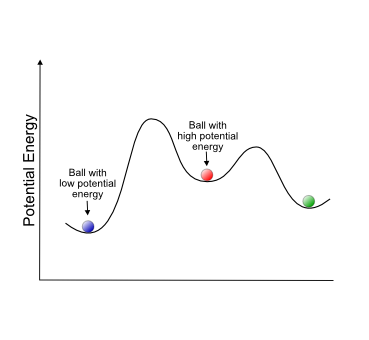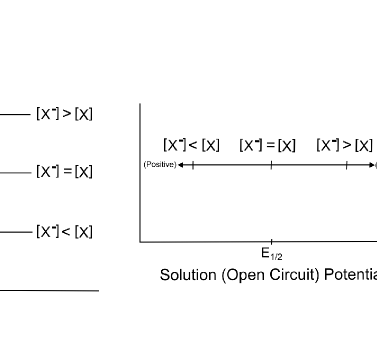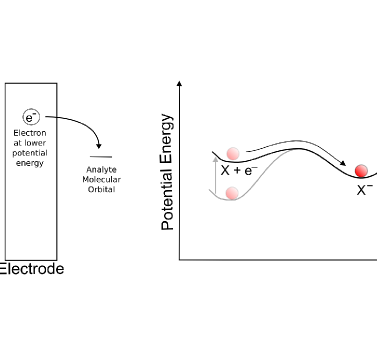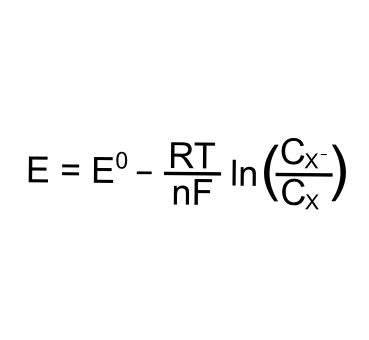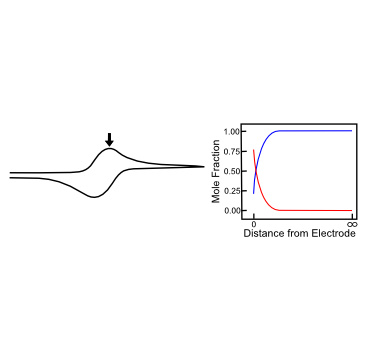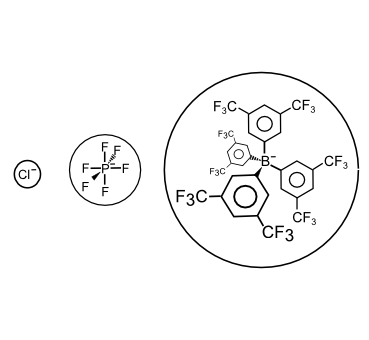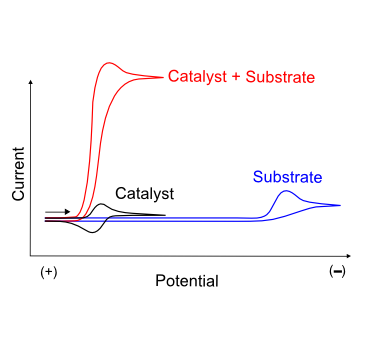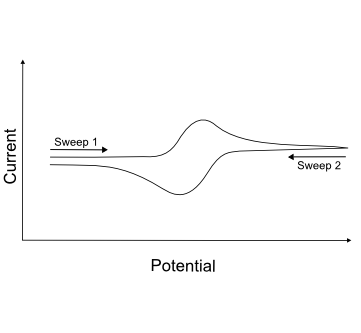
What is Cyclic Voltammetry?
Now available in book form, with updated sections, less run-on sentences, and QR codes.
Welcome! This website is designed to give you the practical knowledge requrired to run and interpret simple CVs as if you were being tutored by a postdoc. Check out the topics below, or click on the buttons above to learn more about how this came about, buy me a beer, and meet our generous donors.
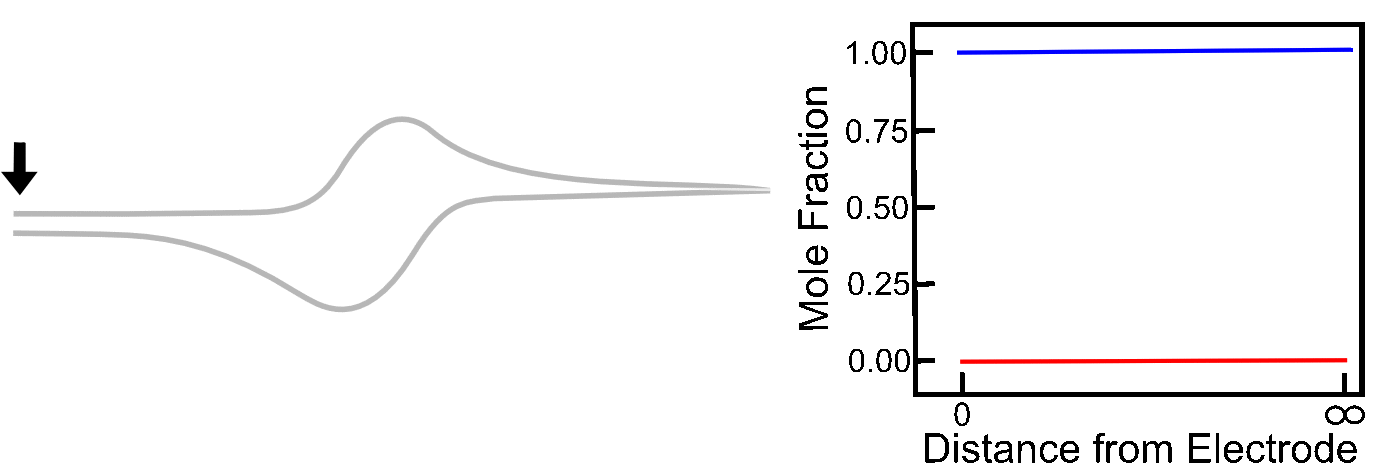
Collecting quality data and effectively troubleshooting requires researchers to be familiar with the function of their equipment and the maintenance needed to prevent contamination.

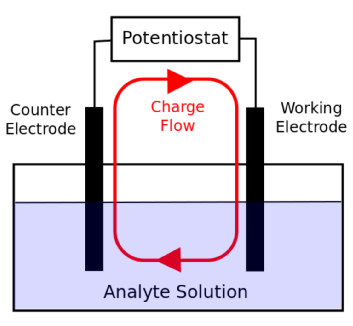
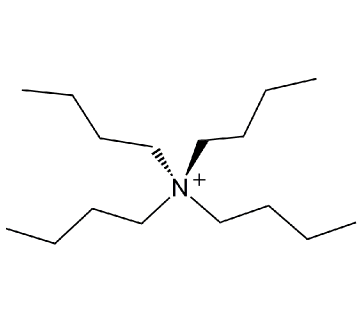
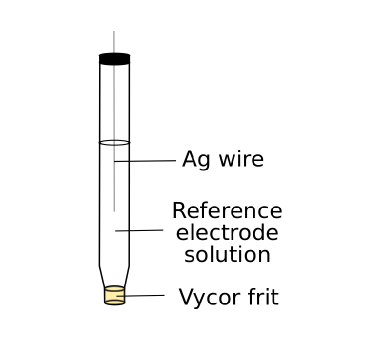

Now that we know the identities, purposes, and proper maintenance procedures for all of the necessary components, we can begin to focus on the proper way to prepare them for an experiment. This section will explain the usual steps that one needs to follow in order to set up the experiment, and details needed to ensure an efficient use of the researcher’s time. Knowing why the cell is set up the way it is will give you the knowledge to fix problems when they occur, or prevent them from occurring at all.
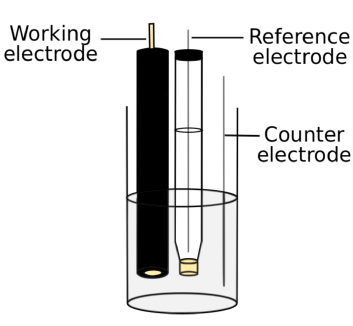

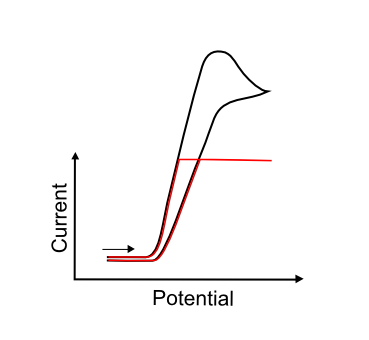
Before we discuss the collection and interpretation of CVs, we need to know what are the important values and behaviors that we are expecting, so that we can interpret CVs and troubleshoot in real time.
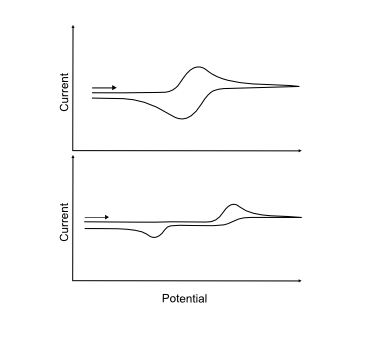
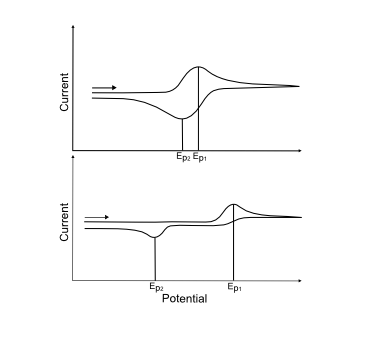
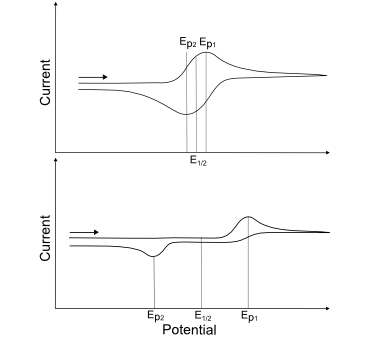
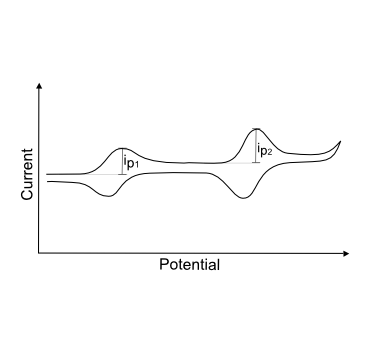
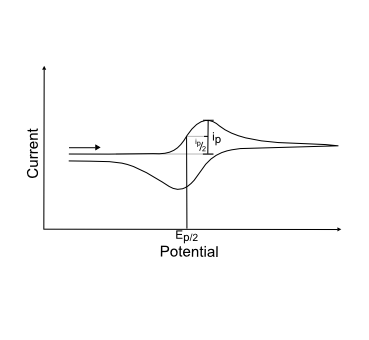
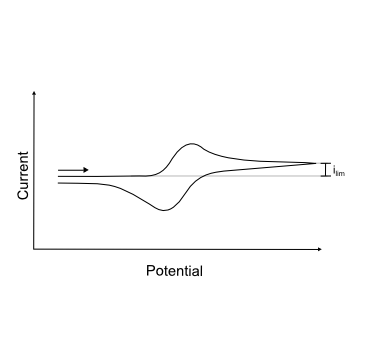
When planned properly, cyclic voltammetry experiments result in copious amounts of data from as little as 2 mL of solution containing less than 1 µmol of analyte. It is often best to approach each experiment with the questions “What other information can I get from this analyte solution?” and “What happens when I change this parameter?” always in mind.
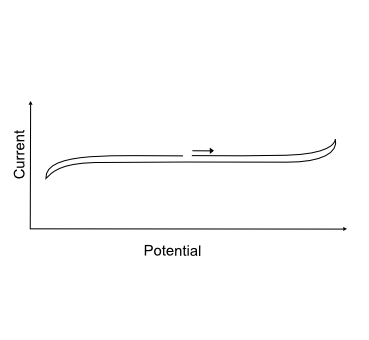
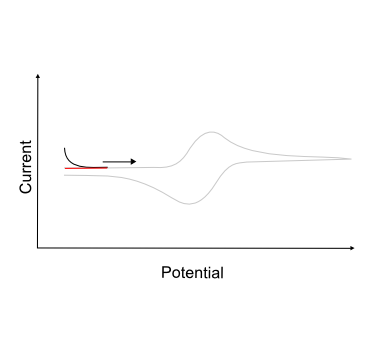
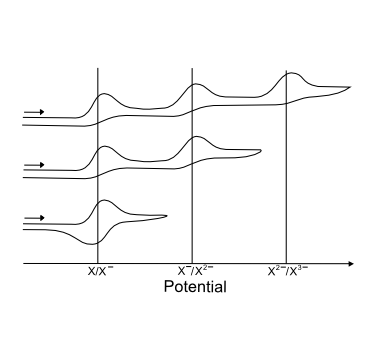
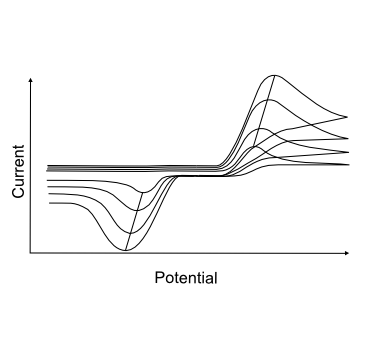
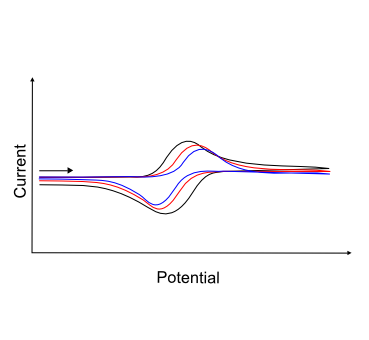
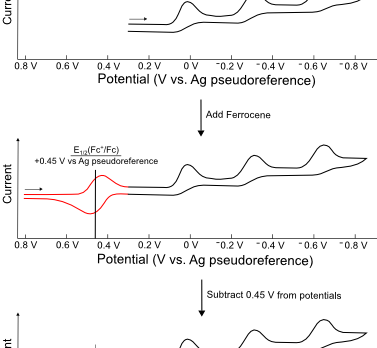
This section will cover the basics of analyzing CVs without knowing the underlying math and reasoning behind it. By the end, you should know how to quickly characterize the features that you observe in your CV, know what further experiments should be performed, and what values you can glean from your experiments.
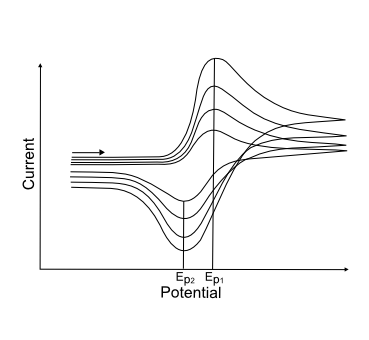
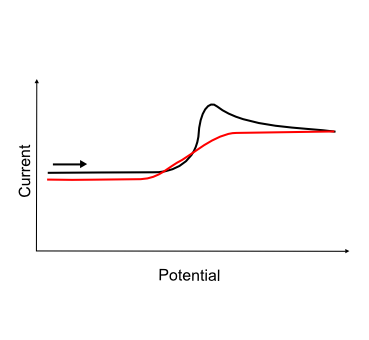
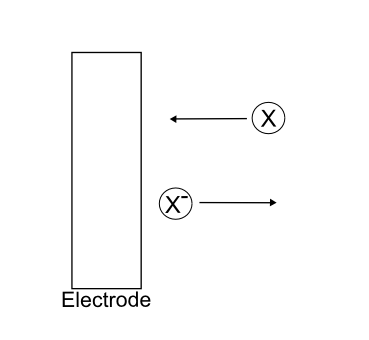
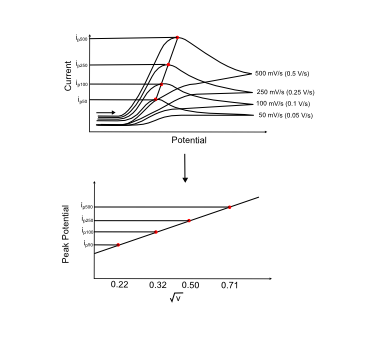
The previous chapter contains all the information one needs to quickly and simply describe CVs. Before we delve into deeper analysis, certain concepts must first be introduced to provide basic background for what is going on when current registers on your potentiostat. An intimate knowledge of the chemistry at every point of the scan will aid in your ability to understand results, troubleshoot, and work efficiently.
